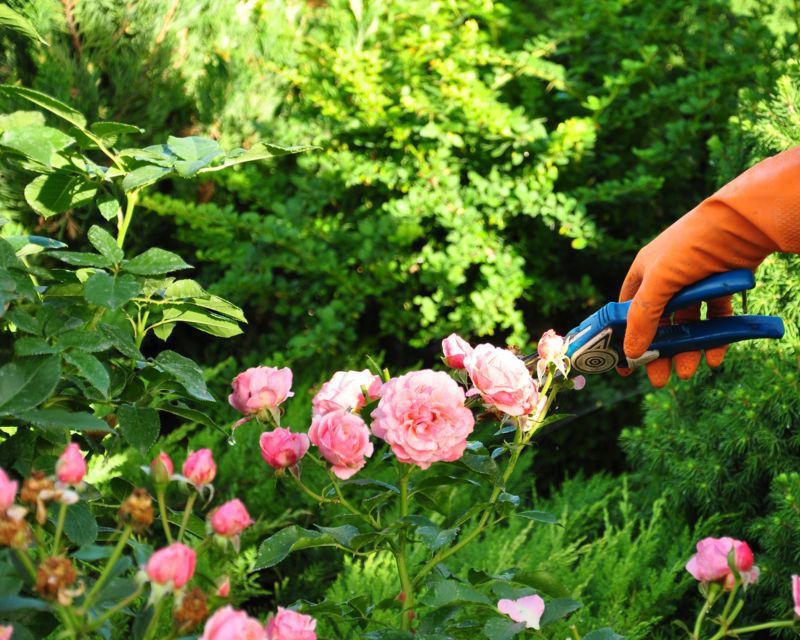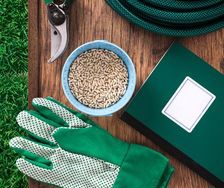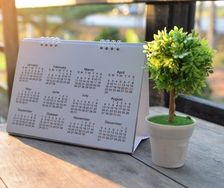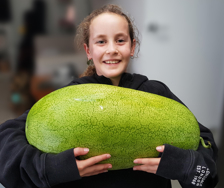Yates Account
Join now
Create a Yates account today!
Sign up to join the Yates Garden Club for monthly e-mails packed with seasonal inspiration, tips for success & exclusive promotions.
Plus if you’re a Garden Club member you can take part in the Yates Growing Community - a blog to share successes, get advice & win prizes in fun challenges along the way!

Forgot password
Enter the email address associated with your account, and we'll email you a new password.

Pruning isn't complicated, once you understand the three basic principles: right tool, right time and right place.
These guidelines hold true whether you’re pruning trees or shrubs. Here are our three top tips for pruning.
Choose the Right Tool
Always use clean, sharp tools. Select the right-size tool for the branch you will prune to avoid damage to the plant and the tool. Use a pruning saw on branches larger than 4 – 6cm in diameter. Pruners work best on the smallest branches. Use loppers on branches an inch or so in diameter.
Choose the Right Time
There isn’t a single best time for pruning. Late winter is an ideal time for pruning many trees and shrubs, because they're dormant and it's easier to see what needs to be pruned. Late-winter pruning promotes fast regrowth in spring. Some trees, such as maples, birches, and magnolias, bleed sap heavily if pruned in late winter. This causes little harm but can be avoided by pruning these trees after they are fully leafed out in late spring or early summer.
Summer is the best time to remove dead branches when they're easiest to see.
Prune spring-flowering trees and shrubs right after they finish flowering in spring. Trees and shrubs that bloom during summer and into autumn are best pruned in later winter or early spring, as soon as their annual growth begins.
In general, avoid autumn pruning because it stimulates new growth that could be killed by winter cold.
There are a few things on the hitlist that can be pruned any time (as soon as you spot them): suckers; water sprouts; or branches that are dead, diseased, or damaged.
Cut in the Right Place
Holding the thinner, upper cutting blade nearer to the trunk or main stem, make a clean cut without tearing the bark. Avoid leaving a stub, which is unsightly and provides an entry point for pests and diseases. Cut just outside the branch collar, the swelling where the branch begins.

Be safe when pruning
- Dress appropriately for pruning, wearing long pants, long-sleeved shirt, gloves, safety glasses, and non slip shoes.
- A good hat keeps you protected from the the sun, but make sure it doesn’t obscure your vision so you don't get poked in the eye.
- Keep tools sharp and clean. Storing sharp tools in protective covers is really good practice.
- Carry pruning tools with the points facing down and away from you.
- Choose a clear, still, dry day for pruning.
- If you need to prune a tree from a ladder, tie it securely to the tree at the top. Keep one hand on the ladder and one hand on your pruning saw. Also try and arrange for someone on the ground to hold the ladder.
Tools for pruning
The most important pruning tool is a good quality pair of secateurs. Get the best you can afford, you won't regret it! It’s a handy tip to wrap some brightly-coloured tape around the handle. This makes the secateurs visible even if they're left half-buried in mulch on the side of a garden bed. Keep the blades sharpened and joints lightly oiled. Basic maintenance will help your tool last a lifetime.
A good pruning saw is another essential. Ideally, select one with a narrow blade that can be maneuvered into crowded parts of the plant.
Hedge clippers are necessary for trimming formal hedges. If this sounds like too much hard work, invest in a pair of electric or battery-powered shears; they're a real labour-saver.
And don’t forget a stout pair of gloves – especially for rose pruning!
How do roots do their work?
Some plants have a long, strong taproot with smaller lateral roots. Others have a branched fibrous root system.
Whatever form it takes, the root system absorbs water and dissolved nutrients from the soil through the root hairs (elongated cells just behind the root tip) and passes them to conducting tissue in the root, then on to the stem and other parts of the plant.
Roots must respire (or breathe) to perform their task of absorbing and conducting efficiently, so a soil must be able to provide oxygen as well as water and nutrients.
Here are some common reasons for pruning:
- To preserve the shape of the plant
- To restrict the size of the plant (much better, though, to choose a plant that will grow to fit the space rather than being forced to constantly prune).
- To encourage productive growth (e.g. flowering shoots on roses and fruiting wood in the orchard).
- To remove dead wood
- To remove old canes from the base (as in plants like May bushes and abelia).
- To thin a canopy and allow air movement through branches.
- To form plants into special shapes – topiarising, standardising or espalier.
- To encourage colourful new growth (e.g. new red leaves on photinia).
- To maintain a hedge or screen
- To ‘stop’ upward growth on plants and encourage branching.
- To reduce competition by thinning out crowded growth
- To remove suckers from root stocks on grafted plants.
What to prune in winter
Prune most deciduous fruit trees, roses, grape vines and ornamentals. Delay pruning of spring flowering varieties until flowering’s finished, otherwise you’ll cut off the incipient blooms.













Share
Share this article on social media